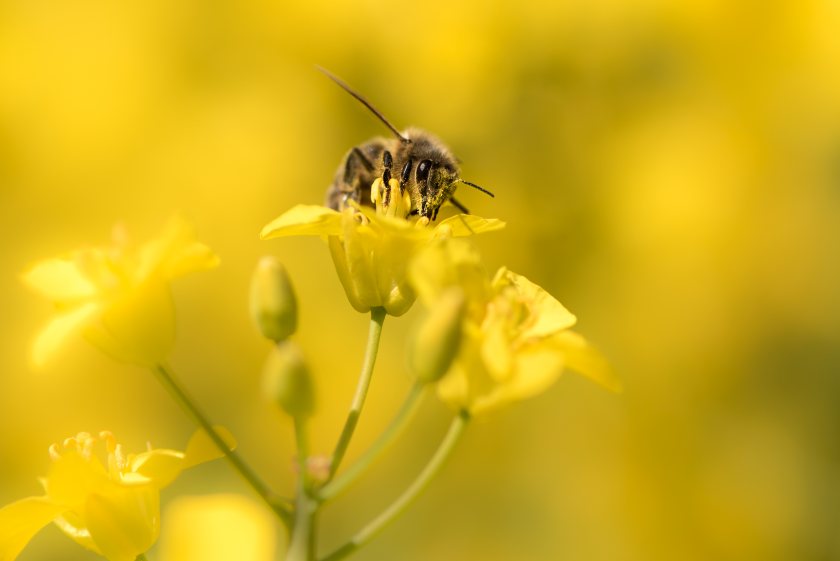
Creating cultivated margins on farm can support otherwise-threatened wild bees, according to a new study by the Game & Wildlife Conservation Trust.
Scientists from the charity spent two years studying different margins across the south, midlands and east of England to measure the number of bees and hoverflies using them.
While the floristically enhanced grass margins available through agri-environment schemes proved beneficial to bumblebees, the plants offered less support to solitary bees.
The findings show that cultivated margins, created by leaving narrow strips of shallow ploughed land to regrow from seeds left in the soil, provide excellent habitat for solitary bees.
Dandelions, cow parsley and ox-eye daisy all proved popular with solitary bees, GWCT's study says, showing they could provide a boost to their recovery.
With a third of the UK’s pollinating insects declining between 1980 and 2013, farmers are increasingly encouraged to help their recovery.
Pollinators are vital to plants worldwide, with around 75% of global food crop types dependant on them. Almost half of the leading crops are pollinated by at least one wild bee species.
As cultivated margins are favoured by solitary bees and floristically enhanced margins are favoured by bumblebees, for the maximum benefit to pollinators, the GWCT advocates that both habitats should be provided where possible.
Dr Niamh Hugh, head of the farmland ecology unit at the GWCT, said: “It might seem unusual to farmers, but tolerating some weeds in their margins could make a real difference to the species that thrive on them.
"Species such as spear thistle, birds-foot trefoil, ox-eye daisy, cow parsley and beaked hawk’s-beard will support many common bumblebee species as well as hoverflies.”
